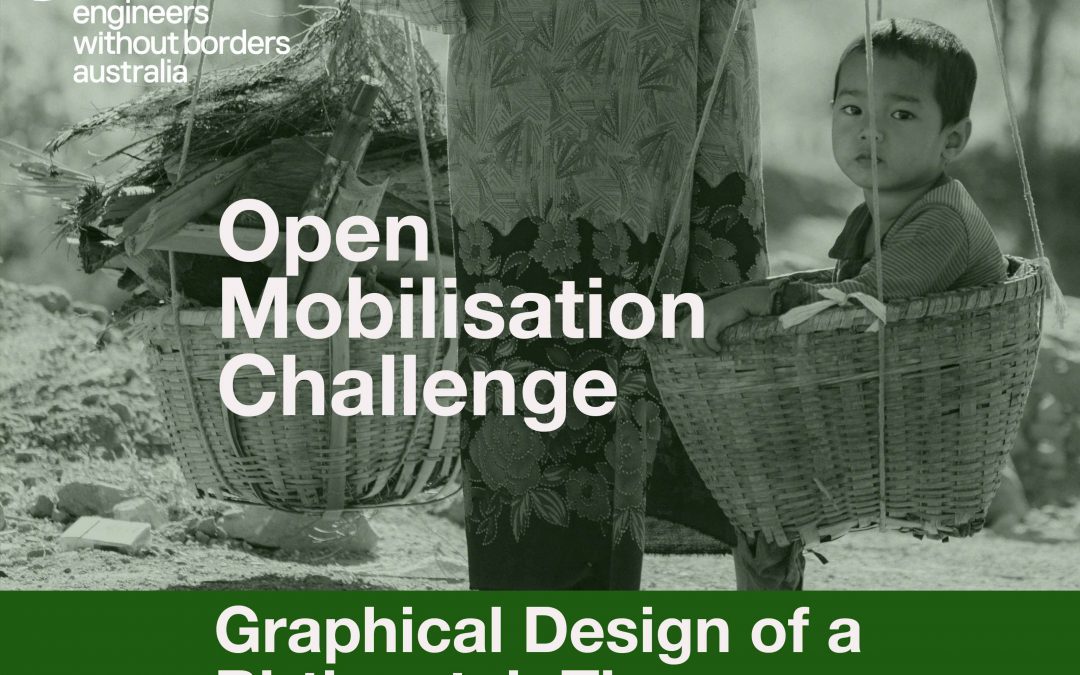Seeking: graphic designers, industrial designers, software engineers or individuals with a natural flair for pragmatic design!
Join our open design challenge to help save the lives of mothers and babies in rural Myanmar.
Why is this needed?
Myanmar has the highest maternal mortality ratio in Southeast Asia and in rural Myanmar, half of all women rely on traditional birth attendants during pregnancy. In Rakhine State on the west coast of Myanmar this increases to 70%, with only 20% of births occurring in a medical facility.
Traditional birth attendants provide basic health care, support and advice during and after pregnancy and childbirth, based primarily on their experience and knowledge acquired informally through the traditions and practices of their community. Many have low-levels of training, which means many miss danger signs during labour, or are unable to track time periods during labour, resulting in delayed referrals and increased stillbirths (SB) and maternal mortality rates (MMR).
TBA’s usually work in rural, remote and other medically underserved areas, and they have an important role to play in improving health outcomes in developing countries because of their access to communities and the relationships they share with women in local communities.
Reducing maternal mortality and improving maternal health represent global priorities, as illustrated by the Sustainable Development Goals (SDG3) – ensuring healthy lives and promoting well-being for all at all ages.
What needs to be designed?
It is being increasingly recognised that the ability to reliably and accurately keep time during labour and postpartum is important in reducing the maternal mortality rate in these regions.
EWB Australia’s Technology Development team is currently developing the BirthWatch. The BirthWatch enables reliable tracking of labour pain and placenta delivery periods to ensure timely referral if required. It provides alarms for each period, with options for new and multi-child mothers, as well as guidance to ensure the patient is triaged to an appropriate medical facility. It is a low-cost product that can be distributed to conflict areas to provide effective assistance to TBAs in the short-term, without the need for comprehensive training in complex equipment.
The distribution of Birth Watches in conflict areas will improve the timeliness of referral during labour and postpartum and lower the SB rate and MMR.
This will not only save the lives of rural mothers and babies but also reduce the stress on local medical facilities as they will be able to treat sick mothers and babies earlier, with less-progressed symptoms. Healthier individuals and less-stressed clinics will result in a wide-reaching positive impact in the region.
How do I participate?
- Complete the expression of interest form by 5pm Fri Jun 5, 2020
- Once completed, you will be given access to the project brief
- For more information, join our Project Kick-Off Meeting at 1pm Mon Jun 8, 2020
- From there, you’ll have two weeks to design and submit your response by 5pm, Fri Jun 19, 2020
- All designs will be reviewed – the top designs to be taken through for further exploration will be shared with all challenge participants on Fri Jun 26, 2020.
Queries?
Contact us at sa@ewb.org.au
Image credit: Photo by sippakorn yamkasikorn on Unsplash


